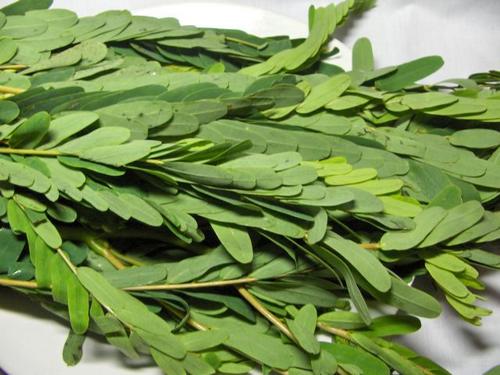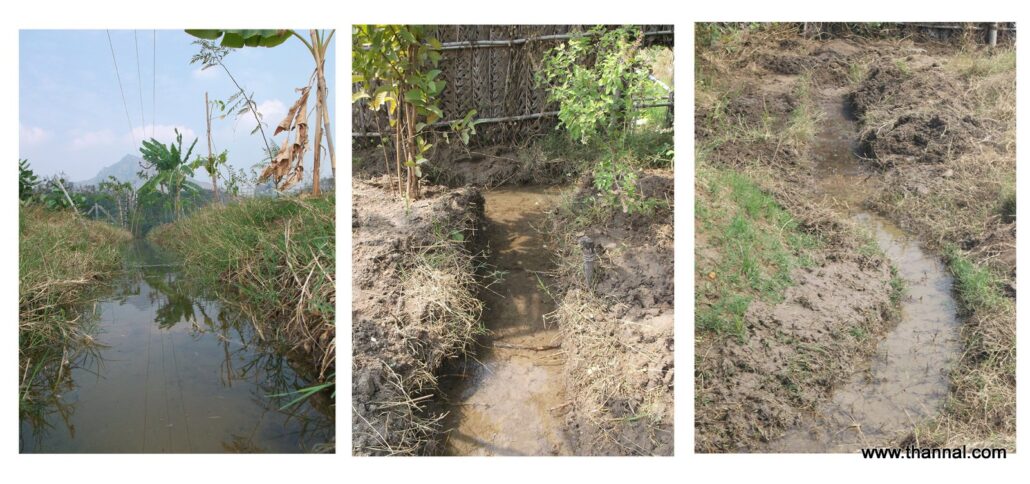
Cob is one of many methods for building with raw earth, the world’s commonest construction material. Cob meaning “a lump or rounded mass”. It’s a traditional building technique using hand formed lumps of earth mixed with sand and straw. Building with cob is a sensory and aesthetic experience like sculpting with clay. In history of buildings the most ancient buildings are either made of stone or cob. While in India we can still find many houses made of Cob, Stone, Lime and other natural materials. Cob is very resistant to weathering. Because of its porous nature, it withstands long periods of rain without weakening. However, too much exposure is best avoided by the “boots and cap” strategy: wide roof eaves to protect the walls and an impervious foundation. In windy areas a lime-sand plaster is traditionally used to protect exterior cob walls. Cob houses are widely constructed in the ancient India and are still alive in Indian rural areas.
Thannal hand sculpted homes started working Cob Houses in the foot hills of Arunachala Mountain in India for Thannal Workers in 4356 SQFT land. We are planning 3 cob cottages, Common Living area and a common kitchen. One cottage will have upper loft, so our other natural building friends like POOSHers can come, stay and help us to share more information about natural building techniques.
We started planting trees one year before, specially in West side to prevent the structures from summer sun. So we planted lots of Agathi Keerai (Sesbania Grandiflora) is also known as Hummingbird Tree Leaves or August Tree Leaves. You can read about these plants in Arunachala grace and indus ladies

Our site is located near Eri Karrai near Ramana Ashram, Tiruvannamalai. Eri means a lake or a large tank for water in Tamil. Land soil is loose and has clay content. So rain water may get locked in our land. First what we have done is to dig a trench around the site, so that the water will not get stuck.

We thought of doing this cob homes after summer and our first work before drainage on this land, as we mentioned in our earlier post in Never mind blog was doing a sculpture called Giri Vanakam (Bow to a mountain).

The drainage really helped our plants to grow faster; the great help made by this drain is to protect our Temple Tree or Plumeria. This Tree has been plucked two times on its budding stage .First time an OLLA (Coconut leaf) Worker by mistake and next time by a grass cutting village women. Both the times our soul coordinator, Jithu (Vijith.P.N) helped this Chiranjeevi (means one who lives forever) Tree and planted this wounded tree safely. It seems like this plant want to grow in our area. Thanks to Jithu to save this beautiful tree. Now this summer our tree started flowering.

While designing Thannal cob homes for Thannal workers we kept this Growing tree as our center point in our design composition, so the whole structure started growing around this tree and our drain.
















2 thoughts on “Thannal cob homes for Thannal Workers”
Namaste Samhita, You can learn cob house building course in our Natural Wall Systems & Foundations Package – https://course.thannal.com/courses/part-3-natural-wall-systems-and-foundations-package-online-course-64edd129e4b0d16603dc3abb
Yes …I want to take online cob house building course.